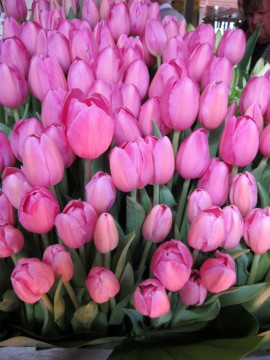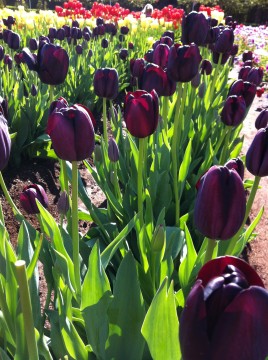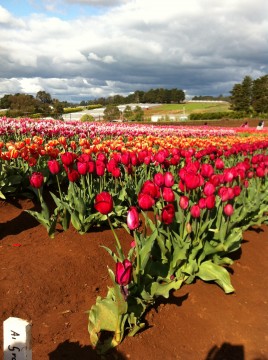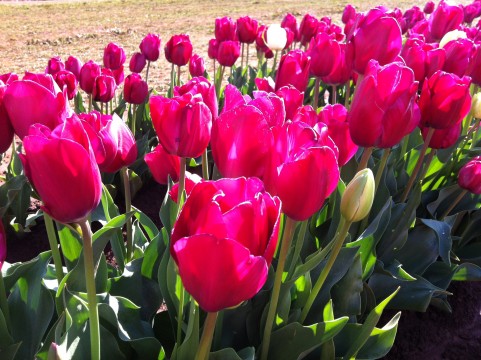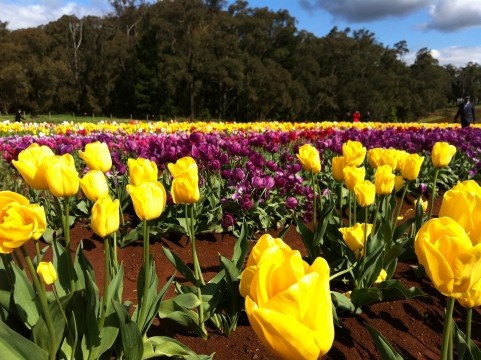Blog
Tulips

Common name Tulip
Botanical name Tulipa hybrida
How to tell it’s good quality..
Choose well coloured buds and flowers that are partly open
Look for strong stems and glossy leaves with no signs of damage or yellowing
Avoid drooping or wilting leaves or flowers
Products or arrangements it’s suitable for, stem length..
Stem length 30cm–80cm
Mostly suitable in vases but can be used in foam
Conditioning, care and storage needs..
Split the bunches and strip the lower leaves, then wash the ends of the stems well
Cut 2cm–4cm from each stem with secateurs and put the stems in cold water with NO preservative
Replace the water daily
Keep them cool
It is suggested not to bucket them with daffodils or jonquils unless you have had the daffodils or jonquils quarantined in their own water for a day first
To prevent tulips turning to the light and becoming bent, wrap them in paper for support and put the wrapped paper and tulips in cold water for 3–5 hours. Once displayed in a vase they work beautifully in a well lit room with windows on both sides of the room.
Colours they come in..
White, red, yellow, cream, purple, orange, pinks. See images below
Country or state, climate and conditions where it grows naturally; and its natural season..
Originally from the Middle East, but most popular for being grown in the Netherlands
Natural season is spring
Time/s of year when it’s available to us, where it comes from, lead time for ordering it
Available all year round from growers in Victoria and Tasmania who use cooled glasshouses to force flowering
Grown as field flowers in Victoria and Tasmania for natural winter to spring flowering
To see Tulips in all their splendour in Melbourne Victoria Australia be sure to put the Tesselaar Tulip Festival in your Calendar Sept 11 – Oct 11
For Floristry tips, advice and video instruction download the Bloom College app from the app store or google play

